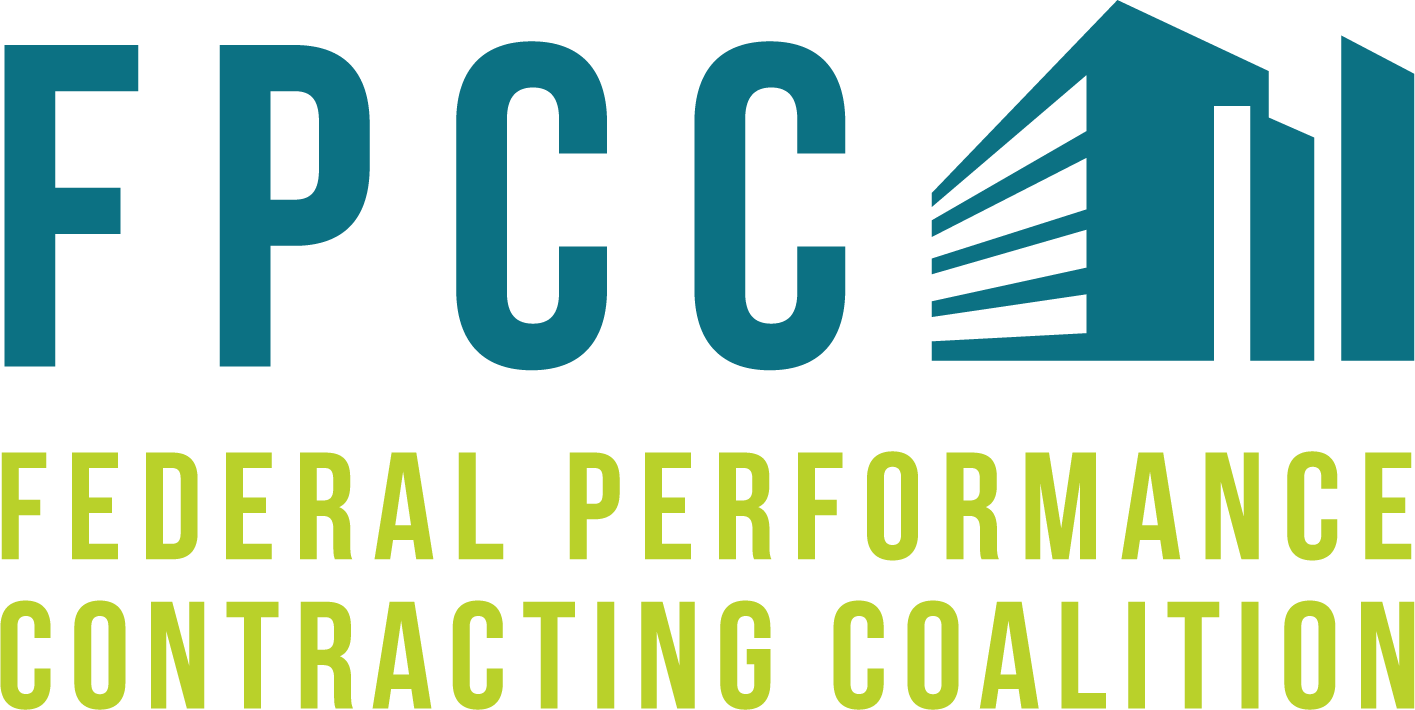When buying or selling a home, safety and investment protection are top priorities. While structural assessments, electrical inspections, and roof evaluations are standard in any home inspection, radon testing is often overlooked. Yet, radon testing is one of the most critical steps to ensure a safe, healthy living environment.
Here’s why radon testing should be included in every home inspection:
1. Radon Is a Silent, Invisible Health Risk
Radon is a naturally occurring radioactive gas that results from the breakdown of uranium in soil, rock, and water. It is:
- Colorless and odorless: You can’t see or smell it.
- Ubiquitous: It can be found in any home, regardless of age, location, or construction type.
- Dangerous: Radon is the second leading cause of lung cancer in the United States after smoking, according to the EPA.
Without testing, there is no way to know if a home has unsafe radon levels.
2. Radon Can Affect Any Home
Many homeowners believe radon is only an issue in certain regions, but this is a misconception. Radon levels can vary greatly, even between neighboring houses. Factors like soil composition, construction design, and ventilation influence radon accumulation. Therefore, every home—new or old—should be tested.
3. Protects Your Family’s Health
Long-term exposure to radon increases the risk of lung cancer. The EPA recommends action if radon levels reach or exceed 4 picocuries per liter (pCi/L), but even lower levels can pose health risks over time. Testing provides peace of mind that your home is a safe environment for your family.
4. Adds Value and Transparency in Real Estate Transactions
For sellers, providing radon testing results demonstrates transparency and responsibility, making your property more attractive to potential buyers. For buyers, testing ensures that you are not inheriting an unseen health hazard requiring immediate mitigation after purchase.
5. Mitigation Is Manageable and Effective
If radon testing reveals elevated levels, mitigation systems can effectively reduce radon concentrations. These systems:
- Use vent pipes and fans to redirect radon gas outside
- Typically cost between $800 to $1,500, depending on home structure
- Are low maintenance and operate quietly
Knowing this during a home inspection allows buyers and sellers to negotiate necessary mitigation solutions before closing.
6. Required in Many Regions and By Some Lenders
Some states require radon disclosure during real estate transactions. Additionally, certain lenders and government-backed loan programs recommend or require radon testing as part of their inspection criteria to protect property value and occupant health.
7. Provides Long-Term Peace of Mind
Radon levels can fluctuate seasonally and with home changes such as renovations or HVAC upgrades. Including radon testing in home inspections sets a baseline for future monitoring, ensuring homeowners maintain a safe environment over the years.
Radon is an invisible but serious health risk that should not be ignored during the home buying or selling process. Including radon testing as part of every home inspection protects your family’s health, upholds the value of your investment, and ensures full transparency in real estate transactions.
Before finalizing any property purchase, insist on a radon test. It’s a small step that offers invaluable assurance that your new home is not only beautiful and functional but also safe for everyone who lives there.
